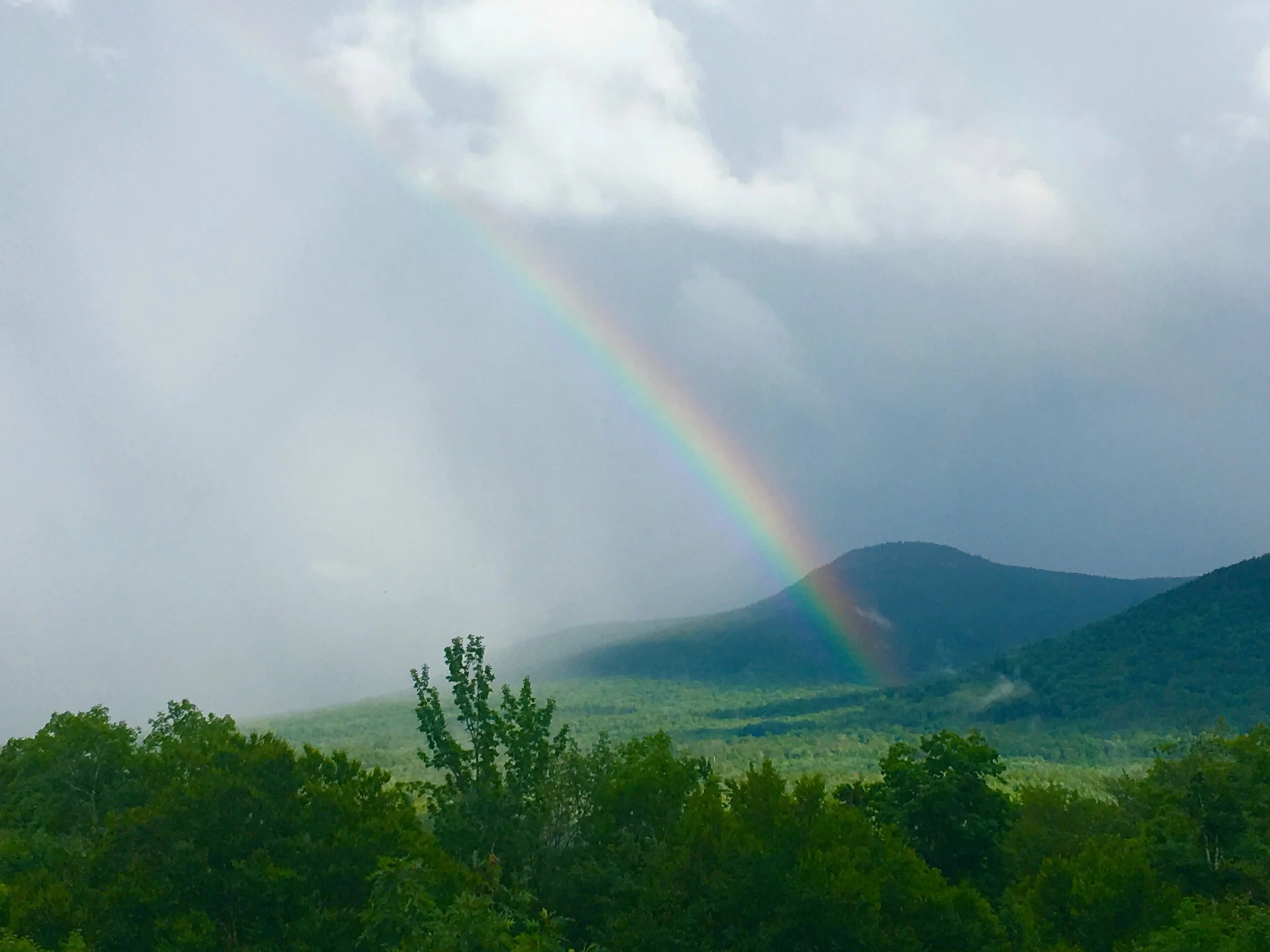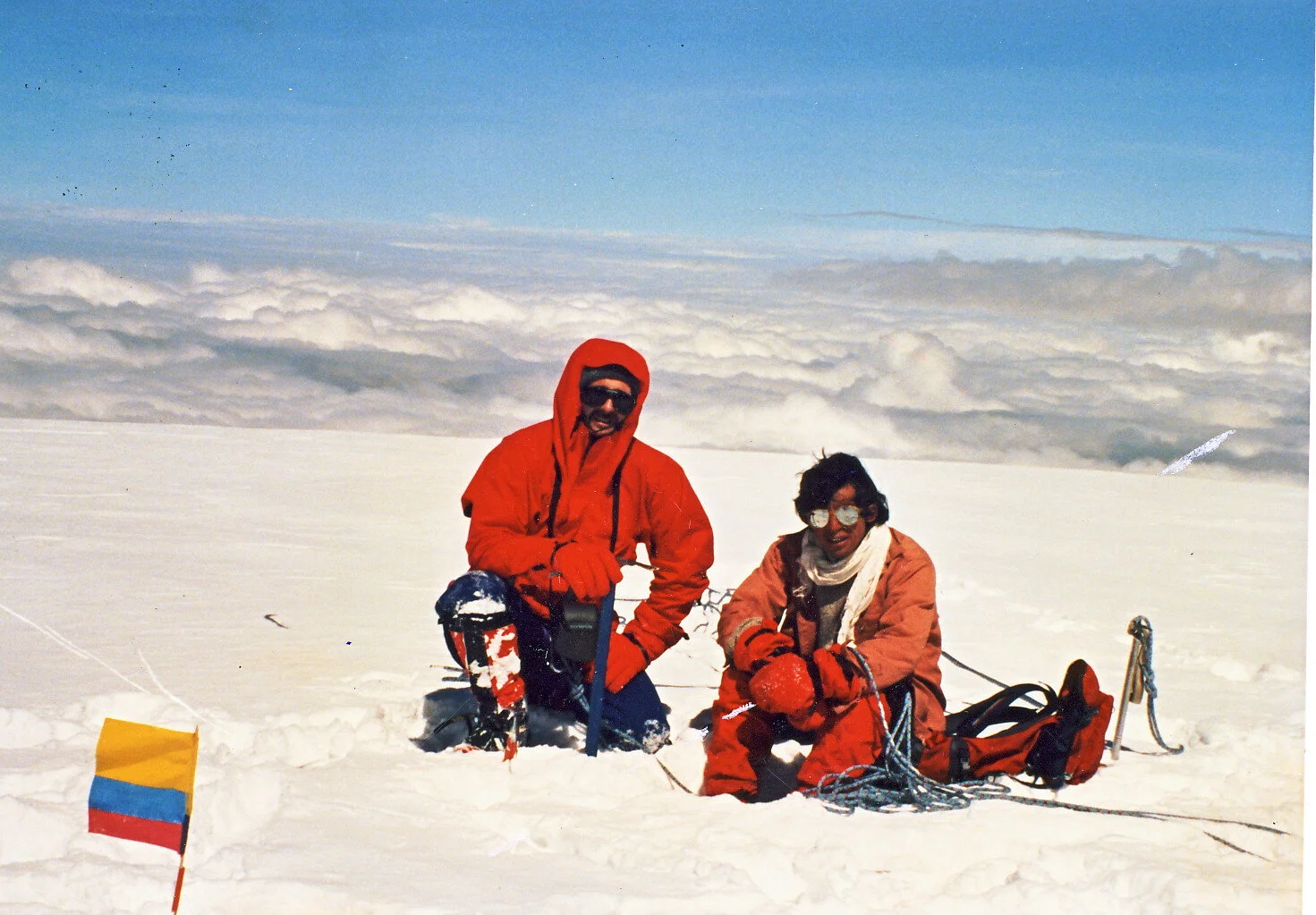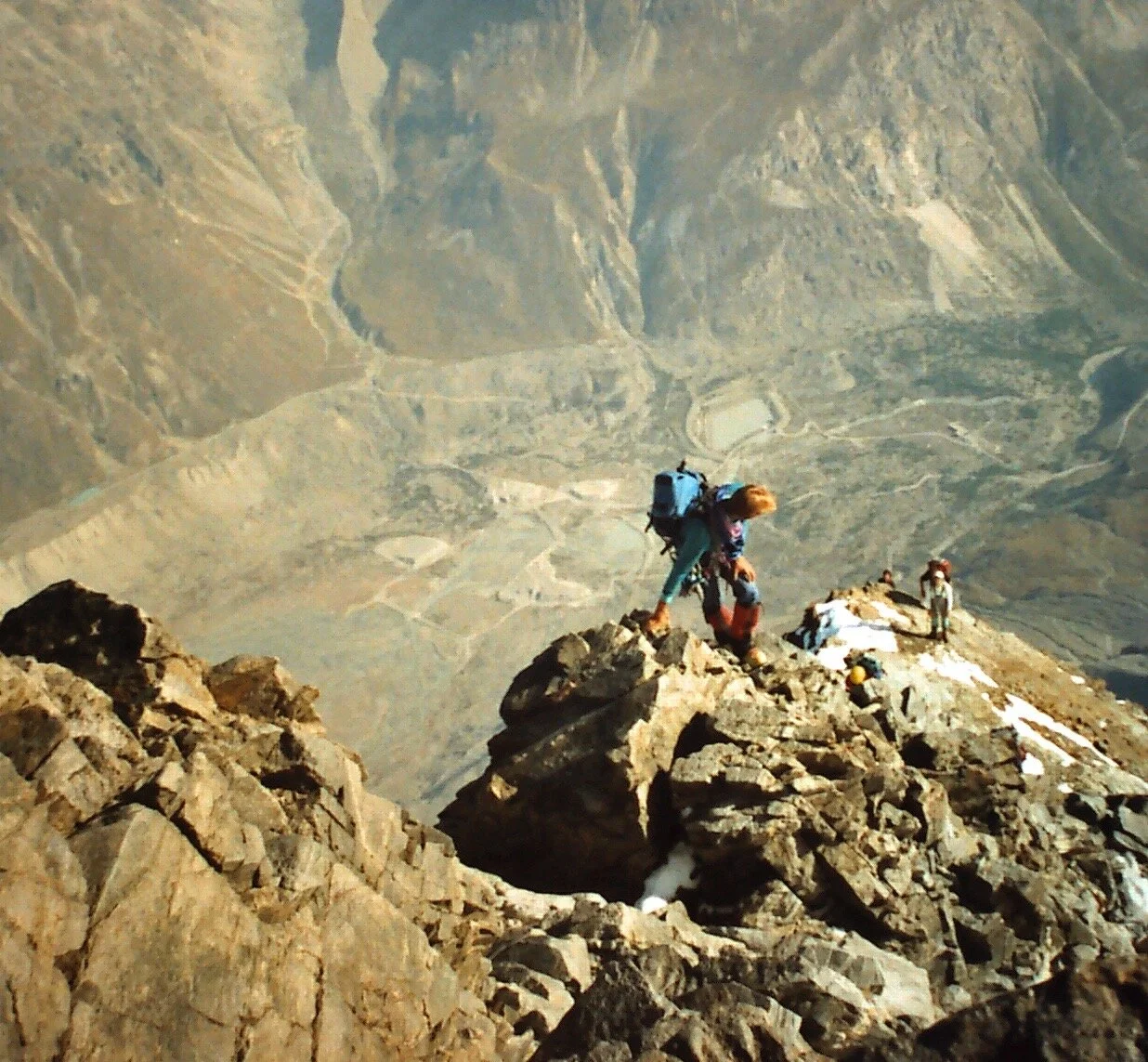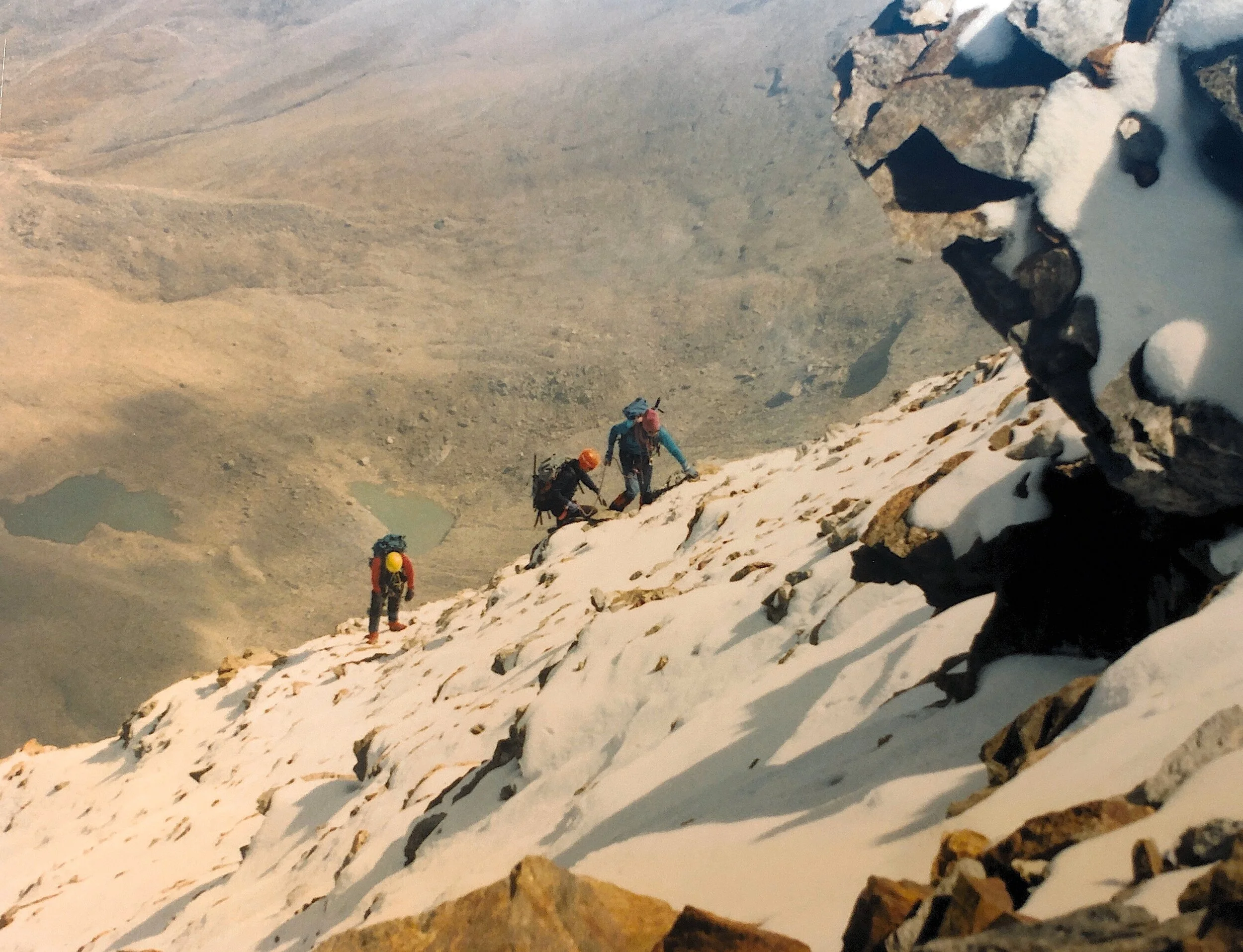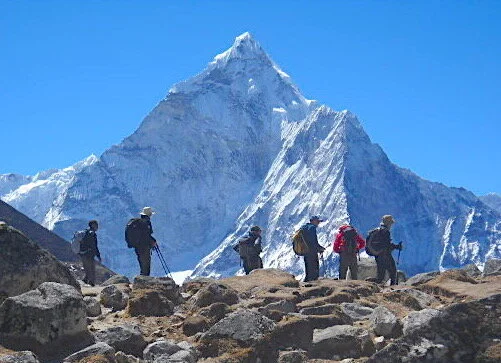The View From The Above
I’ve taken over 100,000,000 uphill steps hiking and climbing on seven continents over 50 years. These steps have helped me discover more about the world and myself than anything else I’ve done. From the challenges of Antarctica, Everest, and across many of the great mountain ranges of the world to the countless familiar hikes across the hills of the Northeast USA (and especially in New Hampshire’s White Mountains), I have found myself.
Somewhere along the way, it hit me that Ansel Adams was spot on when he said: “You are not in the mountains, the mountains are in you.” They’ve been my teacher, my church, my inspiration, and the core of a pretty amazing fitness program for all these years. That’s why I’ve written this book. I want to share my experience to help others find longer, happier, healthier lives. I want you to find your own path as you learn some of the secrets of aging well outside.
Harper’s Ferry, West Virginia
This is the halfway point of the fabled Appalachian Trail, viewed from the Maryland Heights overlook. Located only one hour from the Washington Monument, you’d be amazed by how accessible the wilderness can be. Beautiful vistas like this are within easy reach of Manhattan, Los Angeles, Las Vegas, and virtually all dense urban areas. Put this into a search engine: “hikes near me,” and you’re off.
See Chapter 16.
Kancamagus Highway, New Hampshire
I don’t mind hiking in the rain at all. With proper gear, you can safely get outside in wet weather. In fact, bad weather often has big rewards. One of the most memorable and intense moments in my 50 years of hiking was a driving, torrential thunderstorm followed by pelting hail. An overwhelming sensory experience that was shortly followed by the biggest and most persistent rainbow I’ve ever witnessed. Surprises like this await as you venture into the hills.
More in Chapter 16.
This is good for your brain.
You see a rough, rocky, wet trail. I see a marvelous opportunity to build fitness and brain health. An uneven trail like this requires your eyes, brain, and body to work together in concert. With every step, you must coordinate movements, foot and leg positioning, and balance. As you adapt to the terrain, you also have an elevated heart rate from the exertion. These are the ingredients for building a sharper brain that is more resistant to cognitive decline. Cognitive load plus physical exertion is called dual tasking, and it is very good for your brain. See Chapter 13.
Forest Bathing.
For people who have struggled unsuccessfully with meditation and mindfulness techniques, my hunch is that hiking will work better. My solution to unplugging from the digital world is to find a high place in the sun and look out at a broad vista. You’ll start to feel a mental boost from the view and space. Not only will your stress level plummet, but the sunshine provides extra vitamin D. This gives a boost to your immune system, making you more resistant to illness. The natural world contains huge doses of preventive medicine for both brain and body.
See Chapters 7 and 9.
Perspective from Monta Rosa, above Zermatt,
Switzerland
“You cannot stay on the summit forever. You have to come down again. So, what’s the point? Only this: what is above knows what is below, what is below does not know what is above.
“There is an art to finding your way in the lower regions by the memory of what you have seen when you were higher up. When you can no longer see, you can at least still know.”
Mount Analogue, Rene Daumal
I have an innate need for perspective and heightened experiences. It is a hunger that can only be fed by exploring these places for myself. The lessons I’ve brought back from these experiences have changed my life, and now, have found their way onto these pages.
Perspective from Chimborazo, Ecuador
“A mind, once expanded by new ideas, never returns to its original dimensions.” Oliver Wendell Holmes
I’ve been lucky to be able to stand atop tall peaks all around the world. I learn something important with every hike, every climb. Until the beginning of the 19th century, Chimborazo was thought to be the highest mountain on Earth. While that was proven untrue, the equatorial bulge on our planet gives this summit a geologic and geographic distinction: it is the farthest point away from the center of the Earth. A most unusual place to gain a dose of both heightened perspective and deep humility.
Climbing the Matterhorn
The Matterhorn has been my fascination since childhood—an inspiration and a motivator. It has been the driving symbol of my business career and the muse for my transformation from the corporate to the entrepreneurial world. It’s also been the rationale for this book. Climbing it is the equivalent of a 5,000-foot rock ladder. But like solving any difficult or scary problem, you acquire the skills to do this layer by layer—starting small, gaining experience, taking a few risks, and working your way forward. Eventually, you have both the mental and physical abilities to succeed. These valuable life lessons are scattered across many chapters of the book.
Halfway Up the Matterhorn
Here you are exposed on a knife-edged ridge with thousands of feet down on either side of you. You become increasingly aware that you have to climb back down this ladder. It can be daunting and dizzying if you think too much about the drop-off.
It’s an extreme example, but an excellent demonstration that many of the challenges we face are mental challenges. You begin with smaller tests, and you teach yourself to focus your thoughts on the present moment, blocking out all distractions. You learn self-reliance, and you learn persistence. And before you know it, you can overcome obstacles you once thought impossible.
Looking Down from the Top
As I sat on the sharp summit of the Matterhorn collecting my thoughts and preparing for the equally difficult descent, I was already thinking about the future. Achieving a lofty goal, especially one that takes a great deal of time and effort to achieve, leads one to the obvious question: “What next?”
I’ve always appreciated the significance of this simple Zen parable, “When you get to the top of the mountain, keep climbing.” So, that’s the answer. You find another goal, another mountain. As a result, I long ago adopted the motto, “Always seeking another summit.” I intend never to stop heading uphill. See Chapter 19.
Stretch Your Comfort Zone
If you want to grow, you have to take a risk. You have to stretch. You have to fall and fail along the way. I get antsy unless I’m trying to stretch my comfort zone. I feel like things are too easy. I feel like I’m not making progress. But sometimes you can push too far. On this crag in Boulder, Colorado, I discovered my limitations. When you are faced with these choices and challenges in life, you must make a decision. Is pushing forward worthwhile, or do your skills and interests lie elsewhere?
See Chapter 11.
Find Your Own Peak
You do not have to become a mountaineer to learn these lessons. You do not have risk life and limb to experience profound changes in your fitness level, your brain health, your healthspan, and your spirit. So many great adventures are accessible to you if you choose to take the first steps—walk, start an exercise program, go for a hike, and go higher if you like. Many people I’ve met along the trails, in the hills, and on the great mountains of the world have done just that. You will never know where walking uphill will take you until you get outside and try it for yourself.
“Whatever you can dream you can do, begin it. Boldness has genius and power and magic in it.”
Johann Wolfgang von Goethe
Go to: The Book. Table of Contents. Preface. Hiker Stories. Contact.

